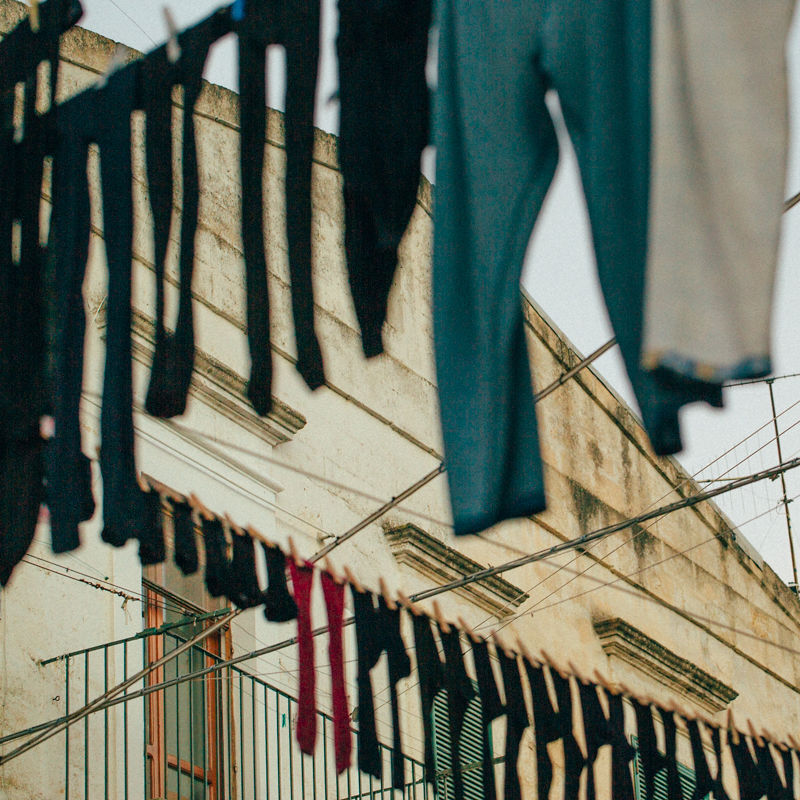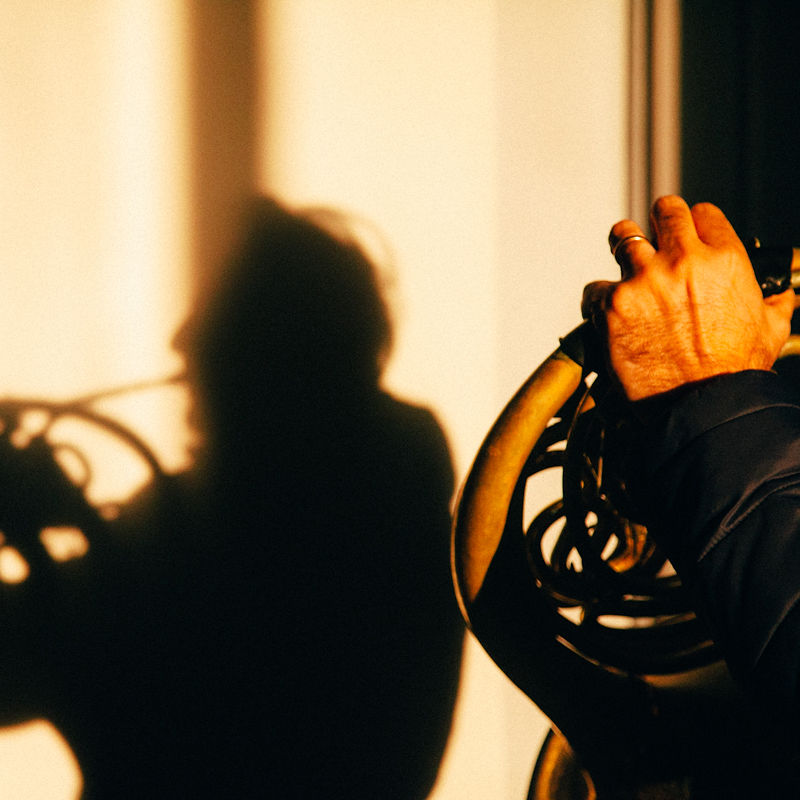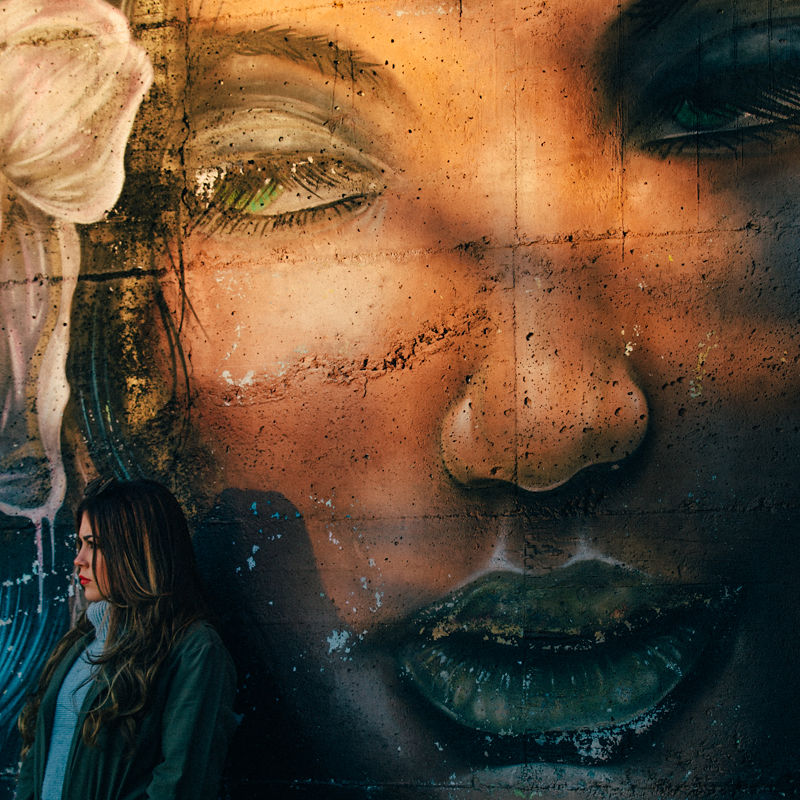
Continuity and disruptions

Balvano, 3rd March 1944. The population was in disarray, exhausted by war, and by a country divided in two. Hundreds of people, coming from Campania, leave at night, as illegals, jumping on a freight train to Basilicata, seeking food and peace of mind. On the train number 8017, which stops in Balvano, 600 people died, in the worst Italian railway tragedy.

Sharing the urban spaces of Castelsaraceno and creating a wide community of 'cultural' citizens. This is the core of the Agricultura Next project, when residents, associations, schools, foreign students, immigrants and digital nomads in a three-day event will become the ambassadors and narrators of the Festival in the World experience.

For many years people considered Colobraro as a place that brought bad luck. The people nearby used to call it 'that town' and pointed at the village without pronouncing its name. Soon after the war Colobraro shared with Matera the same reputation of a poor and unfortunate place, destined to disintegrate into oblivion because nothing positive could have come from there.

The band plays in Ferrandina!
The borough reunites with the lasting tradition of street music and studies the staging of a travelling show through the town’s streets, recalling the past and celebrating the region’s future. The band is the symbol of a playful community where everybody can find their own place and can create a collective composition. A solemn provocation, an invitation to sing, a laic procession drawing the visitors’ attentions. Besides the music, there will be artists and performers who will color the town centre’s alleyways, involving people in atmosphere that harks back to the old days.

The premises were not the best: mountains, inadequate infrastructures, a social and ethnic allegiance accentuating the differences and disregarding similarities. Guardia Perticara has been for a long time a difficult enclave to reach from a physical and a cultural point of view. However, it is in these difficult situations that the best paybacks take place. Rediscovering the ancient and important values – hospitality, generosity and tolerance – investing the funds from the 1980 earthquake in the best way, Guardia Perticara has reinvented itself, creating a solid community in one of the most beautiful places in Italy. In fact, after the renovation of the old cobble-stone village, this town claims not only the Touring Club Orange Flag, but also the reputation of one of Italy’s most beautiful villages.

Graffiti is art. Artists such as Keith Haring, Bansky and Blu are some examples of how street art has turned from illegality into proper art, from the dark alleyways with spray paint to the greatest recognitions, to museum exhibitions. Satriano di Lucania knows it very well. This town can be considered the capital of murals in Southern Italy, with more than 200 works of street art. Everything started in 1983, when the Romanian artist Costantin Udroiu visited the town, a political dissident who found a safe place where he could be free to express himself in the streets of Satriano, turning art into an enchanting form of thankfulness.





